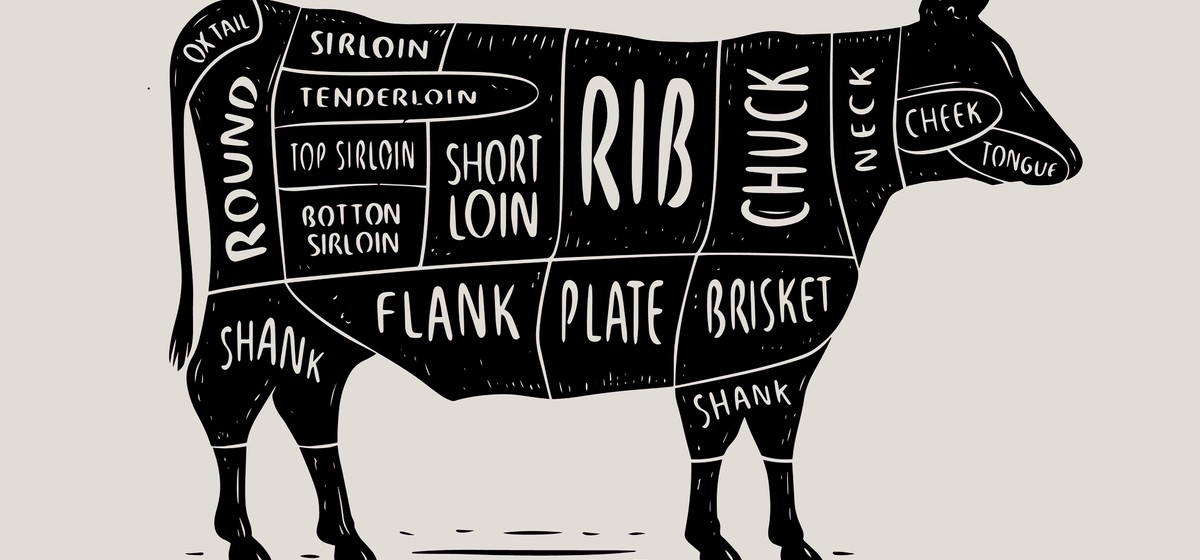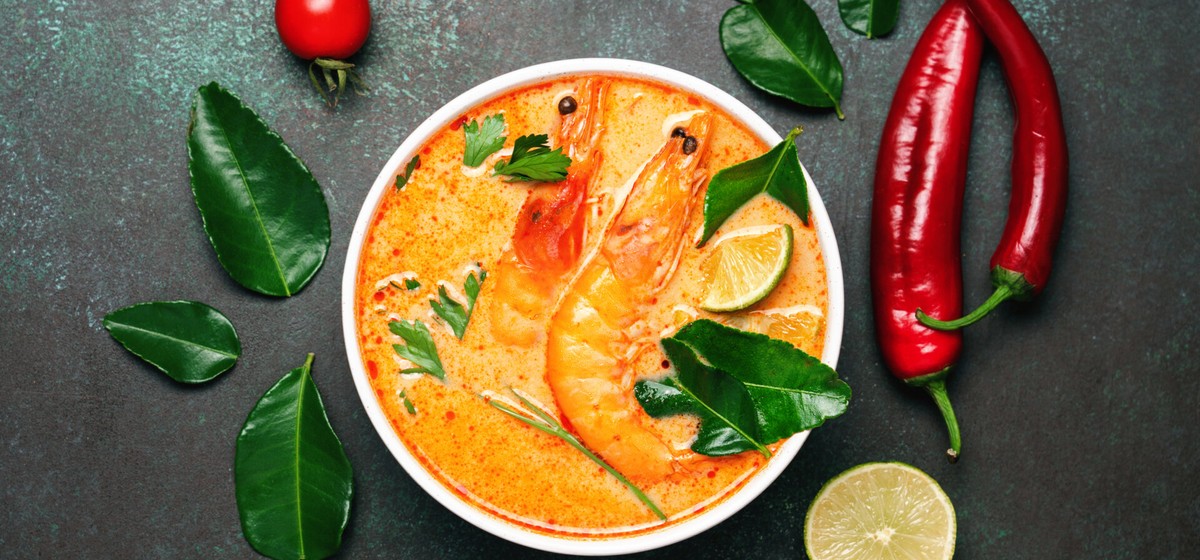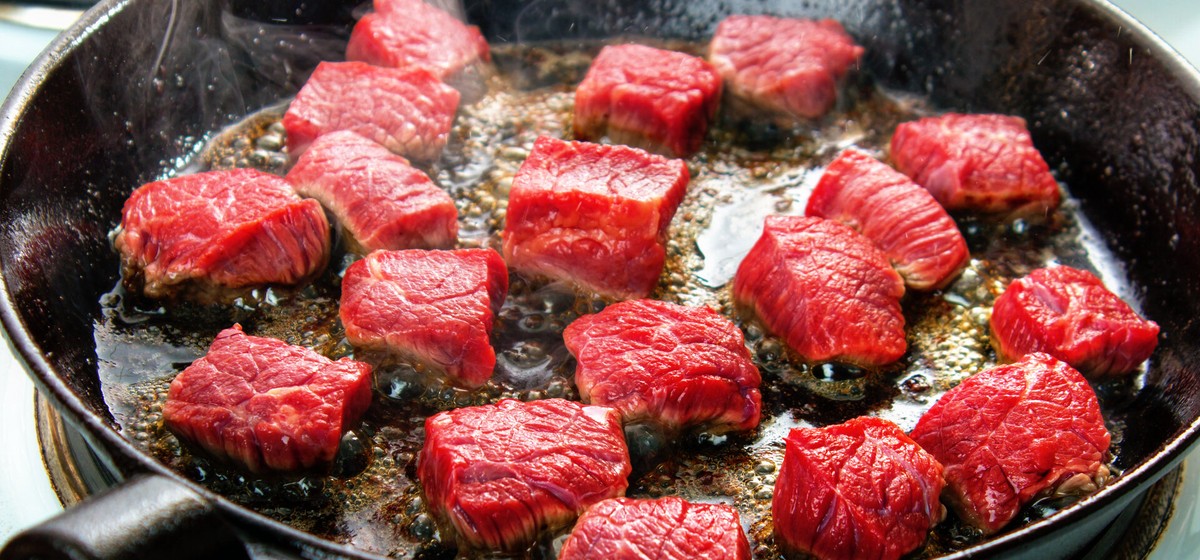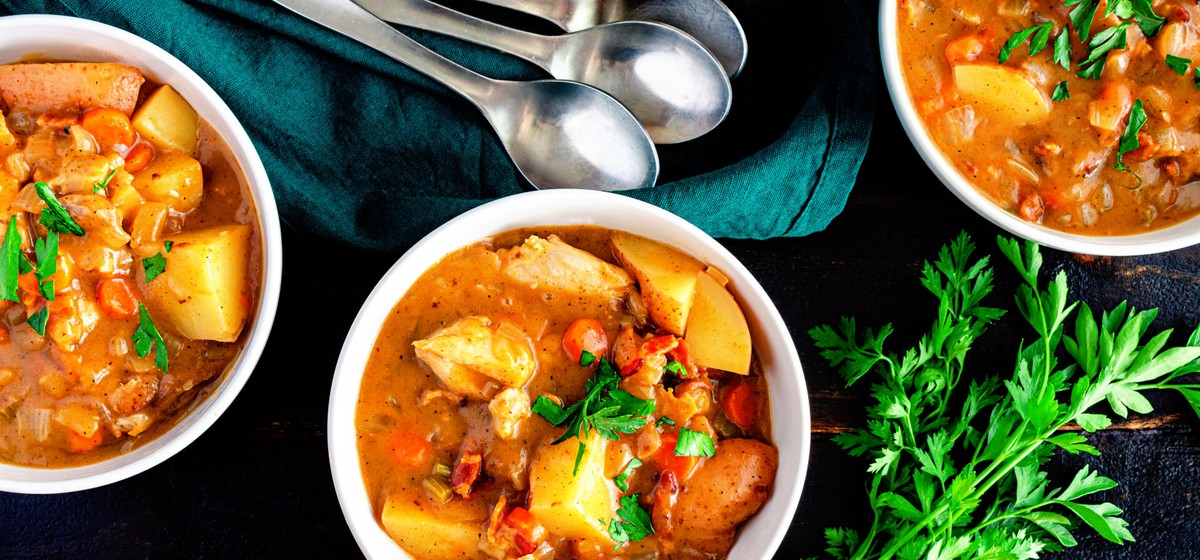Everything About How to Cook the Best Stews, Soups, and Chillies




They call it the stew season for a reason! Once the weather turns chilly, families across America set out to make soups, stews, and chilies. When you’ve got a truckload of fresh vegetables from the farmer’s market, you simply must find the best ways to use them! Add the perfect cut of meat (if you’d like), and you will be on the right track to making some delicious seasonal stews and soups.
The right ingredients and a little bit of fire will help you cook the perfect dish. This article has everything you need to know—it’s just a matter of applying it to your ingredients. Not that it’s challenging to make a great version, but a few technical tricks go a long way toward pleasing everyone. So, let’s get right down to it and unlock the secrets to creating amazing seasonal dishes: stews, soups, and chilies.
What is stew? Well, it certainly isn’t the same thing as soup. While both are the ultimate seasonal comfort food, there’re a few significant differences between them.
Soups and stews start with the same basic ingredients: meat or fish, a mix of vegetables, and a liquid component. It can be stock, water, milk, or broth, for example.
When it comes to cooking time, soups and stews have very different demands as well.

This question has once rocked the world of culinary debates and caused a lot of commotion. There are many substantial arguments both in favor of chili being a soup and a stew, and if you are indeed interested in how this debate went down, no one has documented it better than Thrillist.
We are going just to leave chili be its own type of food for the sake of avoiding a new food category war.
We are about to break it down even further and answer every question you might have about making the perfect soup for the cold weather.
By following these easy tips, you can continue celebrating the change in season with recipes that are perfect for any occasion.
As we have mentioned, the biggest differences between soups and stews are the amount of liquid and cooking time; let’s look at our options for soups.
If we choose cuts specifically for soups and do not plan to slow cook them, your best option is brisket or sirloin. They are somewhat more expensive than traditional stew cuts like chuck, but the fat and lean meat ratio in these cuts are better for making quick soups.
Brisket cuts are taken from the cow’s chest and have a good ratio of tough tissue and fat content. It’s also relatively inexpensive.
Sirloin cuts are taken from the back of the cow and are usually a bit more expensive.
Ground beef is another excellent choice for soups. You can make amazing meatball soups for a chili evening with ground beef. Or even have a Hearty Hamburger Soup instead of getting your fast food fix.
Ox Tail is another fantastic option to consider for a hearty soup. Like this not-so-quick yet absolutely delicious Chinese Oxtail Soup with cabbage and potatoes.

Note:
Do not use expensive tender cuts of beef for soups or stews. Ribeye or tenderloin are fantastic options for grilling or braising but don’t work at all in soups and stews.
These cuts are already tender, and cooking them for long periods of time actually leads to an opposite result. Overcooking tenderloin or ribeye cut would make them chewy and tough.
Both chicken and turkey are excellent options for soup. No wonder one of the first names that come to our heads is Chicken Noodle Soup! Almost every world cuisine has a version of a chicken noodle soup cause that combination is simply perfect.
When you feel something extra special, check out this Chicken Tortilla Soup with Guacamole Wontons or this Hearty Turkey Soup we love.
Seafood works perfectly in soups as well, so if you haven’t tried those before, we highly recommend them.
Seafood soups are popular worldwide, and they can be an excellent hearty seasonal meal as well.
When it comes to soups, you want to stick to firm white fish like cod, halibut, snapper, or even tilapia. Those hold together well, and you can still enjoy a good bite in the soup.
Flakier types of fish like salmon or trout are good options, but make sure not to overcook them to enjoy the flavors.
When it comes to slow-cooked chunky soups or chowders, stick to firm varieties of seafood like shrimp, calamari, octopus, clams, etc. The spicy Singaporean Seafood Laksa is bound to become one of your favorites, for instance. Or this Seafood Bisque that is simply good for your soul on a cold day.

Follow these easy tips to prepare an incredible array of delicious, comforting cold-weather perfect stews that will whet the appetite and set stomachs rumbling every time.
You might have heard the expression “stew meat cut,” but what does it actually mean?
Like soups, we don’t want to use any tender cuts of meat because it will lead us to an absolutely opposite result.
When it comes to the best cuts of meat for stew, the rule to follow is the Cheaper, the Better. So leave the tenderloins, ribeyes, and sirloin for something else and go for the chuck or the round.
The chuck comes from the shoulder and is typically a rectangular cut about 1-inch thick. It is also commonly known as a “7-bone steak,” as the shape of the shoulder bone resembles number seven. And it is the best cut for making stew.
When you simmer cheaper tough cuts at low temperature for hours, its rich connective tissue breaks down and releases all the gelatin, making the melt-in-you-mouth tender and flavorful, meaty stew.
So get some chuck cut, oxtail, or lamb and make some of the best stews you’ve ever had following some of our favorite step-by-step recipes like:
Stews are indeed a bit trickier than soups and require longer to make. Interestingly enough, a lot of cooking tips and tricks for stews and soups are the same. It never hurts to repeat, though, so here you go.

Even when you do everything right, some things could go wrong (or just not perfect for your taste palette). So let’s troubleshoot some common mistakes when making soups, stews, or chilies.

The standard solution you will find is adding more starchy ingredients or even thickening it with a roux. We do not recommend it, though. You can evaporate more liquid content by simmering it longer with an open lid. Or add more starchy vegetables if you know you like your stews thicker. But don’t add extra starch when the dish is close to being done; it’s not gravy and doesn’t need to be super thick.
If you have been following the “season as you go” rule yet still ended up with a flavor you think is rather bland, use soy sauce, Worcester sauce, dry red wine, or tomato paste to fix this issue. Add a little at a time, taste, and add more if needed.
If your stew or soup turned out too oily (can be very common when using oxtail), don’t be afraid to scoop out the oil gathered on top before serving. If you’re making the dish ahead and planning to let it chill, it’s even easier. The extra fat will harden on the surface and will be easy to remove before reheating.
One last thing before we move on to some of our favorite Stew, Soup, and Chili recipes. Yes, it is very much possible to overcook the stew. So stay within the sweet spot of about three hours.